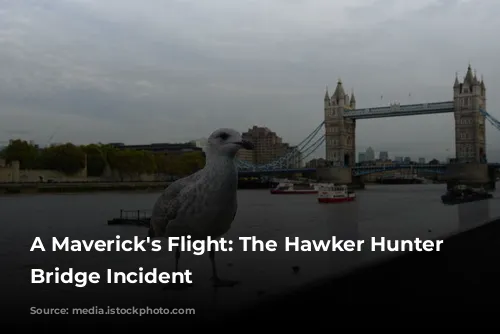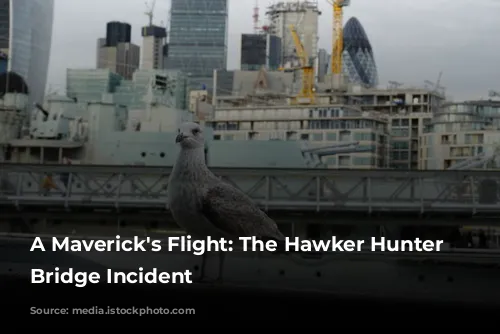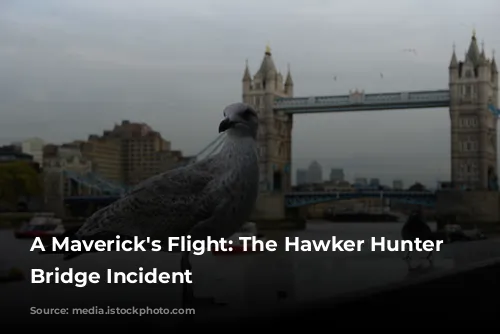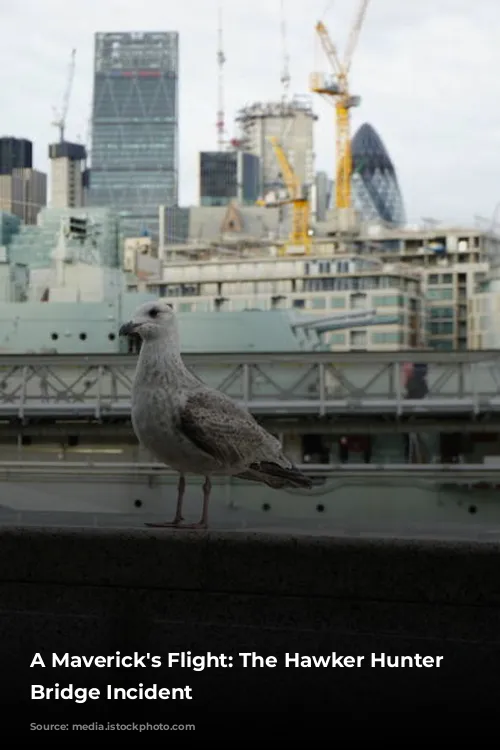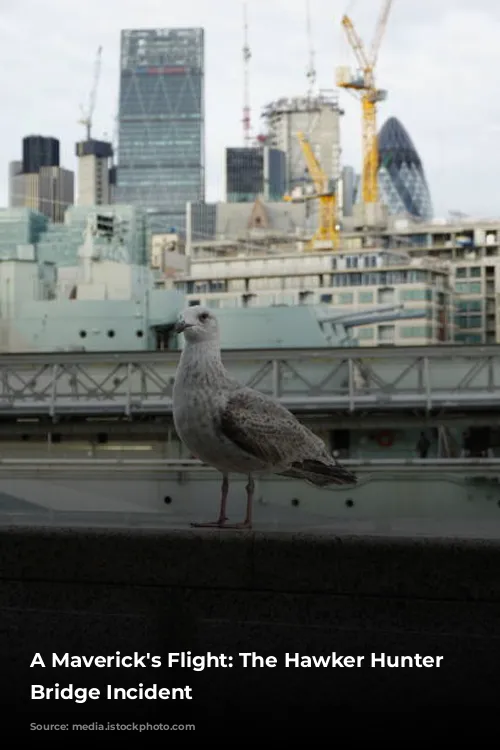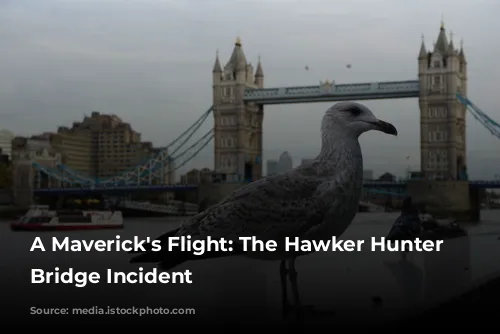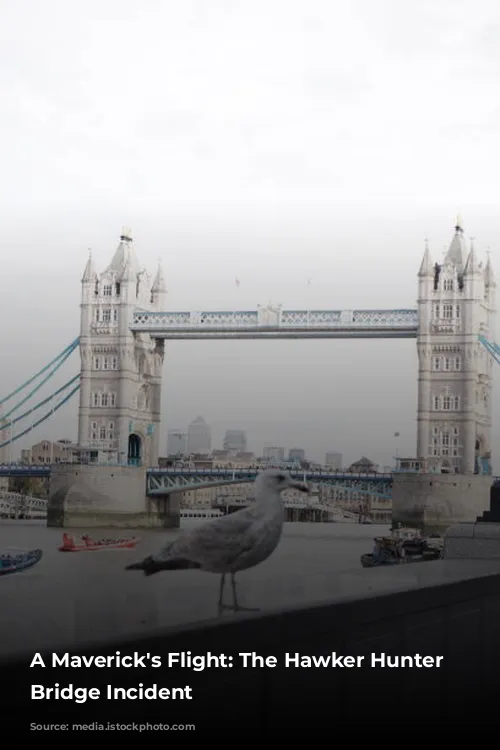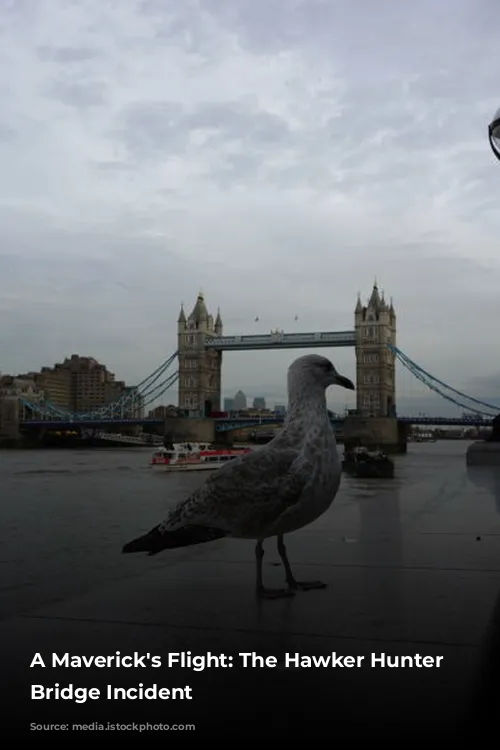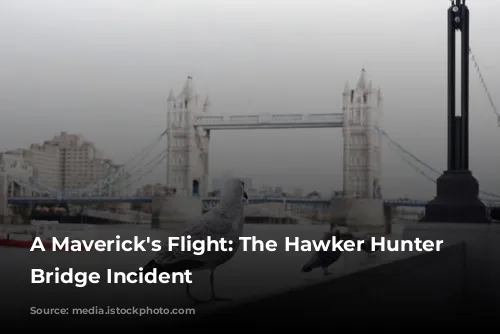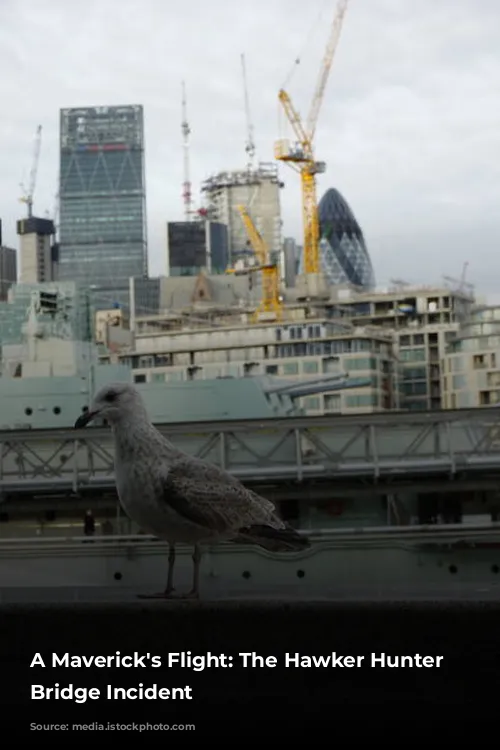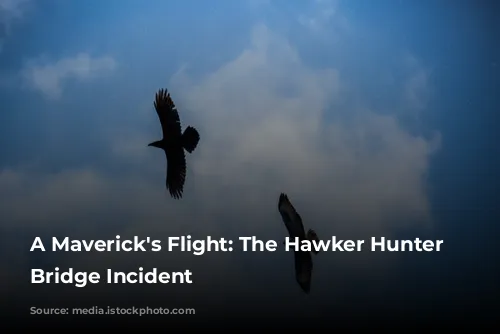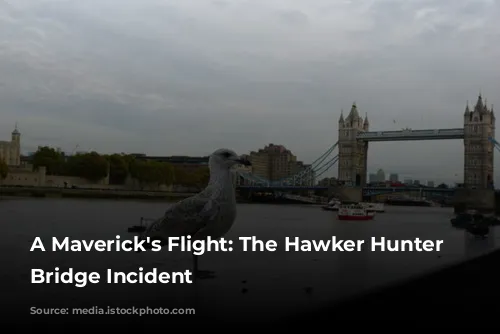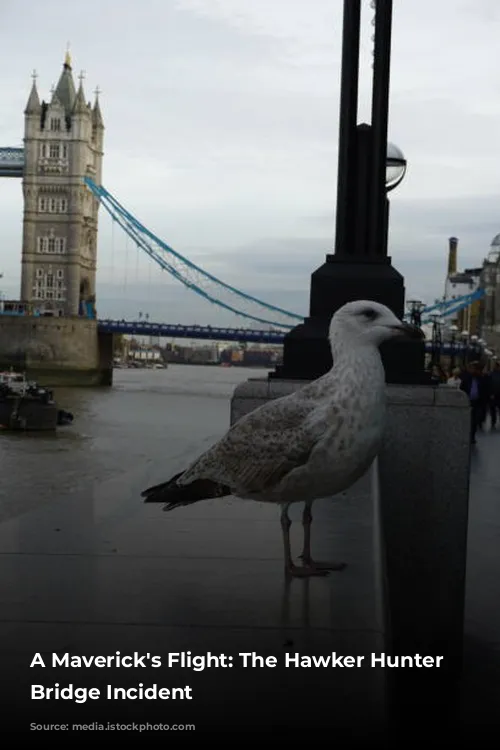On a crisp April morning in 1968, the skies above London witnessed a daring act of defiance. A Royal Air Force (RAF) pilot, Alan Pollock, embarked on an unauthorized aerial spectacle that would forever etch his name in aviation history. It was a bold statement, a protest against the Ministry of Defence’s dwindling support for manned aircraft, and a celebration of the RAF’s 50th anniversary.
A Pilot’s Frustration
The 1960s saw a significant shift in the British military’s strategy. The focus moved from crewed aircraft to guided missiles, leaving the RAF in a state of decline. Morale amongst the pilots plummeted as the once-proud service felt neglected and forgotten. Pollock, a seasoned flight commander, shared this frustration. The RAF’s 50th anniversary approached, yet no grand aerial displays were planned, a stark reflection of the service’s waning importance. Pollock was incensed.
A Daring Display
On April 5th, with the anniversary in full swing, Pollock decided to take matters into his own hands. He had a plan, a daring display that would surely grab attention and send a message. He was a veteran of countless low-level flights and his Hawker Hunter FGA.9, a nimble single-seater jet fighter, was ready for the challenge.
Pollock launched his unauthorized spectacle over London, leaving his squadron behind. He zipped past Dunsfold Aerodrome, Hawker’s historic airfield, and then circled the Houses of Parliament three times, a pointed demonstration against Prime Minister Harold Wilson’s government, blamed for the RAF’s diminishing role. With audacious precision, he dipped his wings over the Royal Air Force Memorial, paying tribute to the fallen while simultaneously highlighting the neglect felt by the surviving members of the service.
A Decision Made in Seconds
Pollock’s most daring move, however, was yet to come. He reached Tower Bridge, its iconic towers looming against the London skyline. In a split-second decision, he chose to fly through its span, a feat never before attempted by a jet aircraft. He later confessed that the idea struck him on the fly, a moment of exhilarating recklessness in a world where meticulous planning was the norm. The thrill of the challenge, coupled with his seasoned flying skills, made the decision almost instantaneous.
The Aftermath
Pollock’s display was a success, but it came at a cost. He “beat up” several airfields on his way back to base, his Hawker Hunter screaming through the air in defiance. However, his moment of glory was short-lived. Upon landing, he was promptly arrested by a fellow officer, his audacious flight marking the end of his career in the RAF.
The consequences were immediate and severe. His squadron was dispatched to North Africa without him, leaving Pollock to face the music. He was eventually invalided out of the RAF on medical grounds, a move designed to avoid a court martial and the potential embarrassment of publicising his motives.
A Controversial Hero
Although some viewed Pollock’s actions as reckless, others hailed him as a hero, a man who dared to speak up for what he believed in. He received support from unexpected sources, including the British Overseas Airways Corporation, which sent him a keg of beer, and six members of Parliament who publicly defended his actions.
Pollock’s daring flight remains a controversial chapter in aviation history. It was a rebellious act against a system that felt outdated and a testament to the unwavering spirit of a man who refused to let his passion for flying be silenced.
